The Independent's journalism is supported by our readers. When you purchase through links on our site, we may earn commission.
The beach that shows the British seaside holiday is alive and well
Edd Dracott debates whether the seaside traditions of our Victorian predecessors are still what they’re cracked up to be
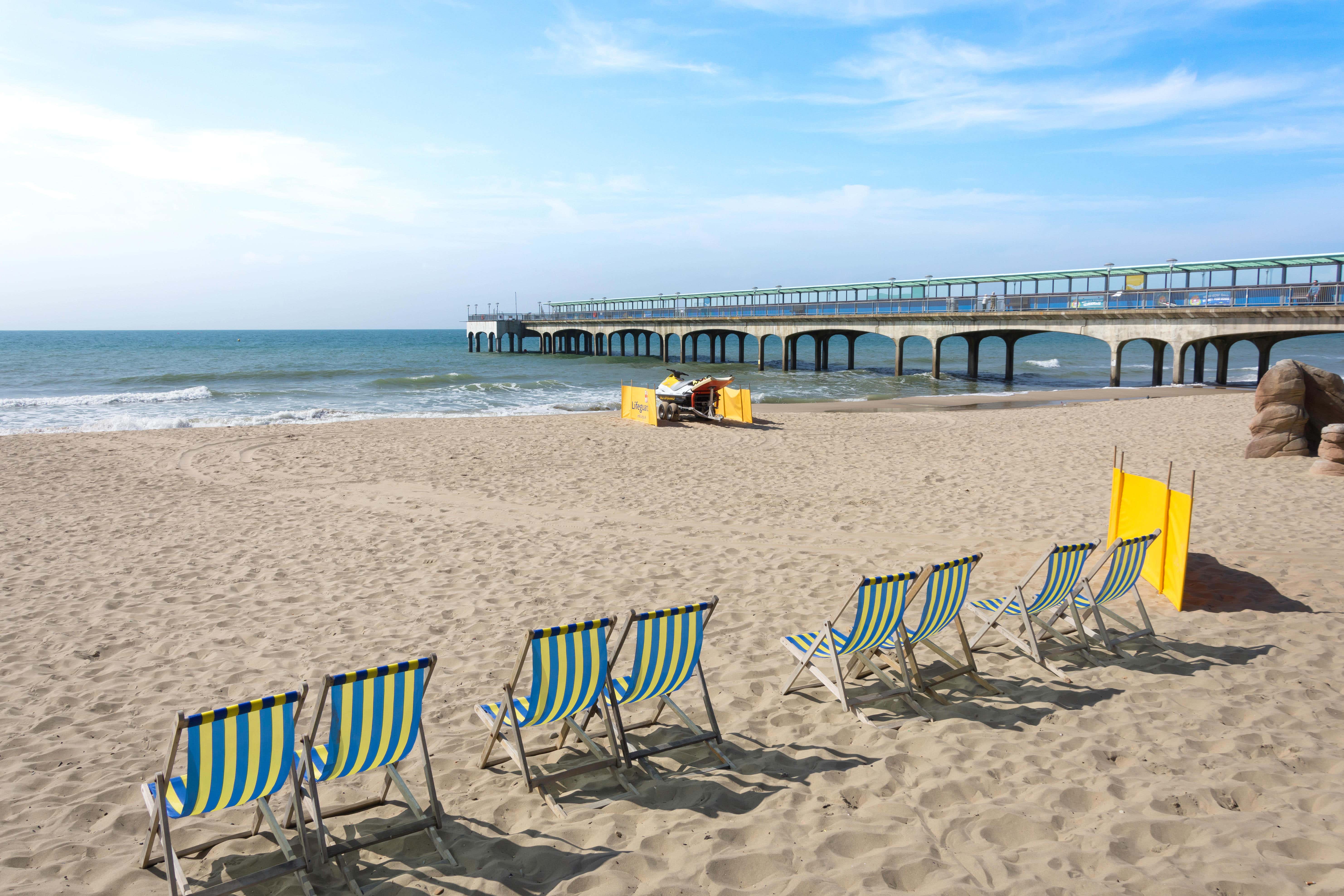
The ghosts of seaside holidays past wander the shores. With its fine white sands and famous pier, Bournemouth has been welcoming holidaymakers since the 1800s and – along with the likes of Blackpool and Brighton – it’s an archetype of the great British seaside holiday.
Millions still flock to the south coast each year but it is clear many travellers, particularly those from a younger demographic, are increasingly scratching their itch for sand and sea by spending their money on a cheap flight abroad.
But does the town still enjoy its Victorian-era lure, and are Britain’s beach breaks still what they used to be? A few hours’ drive from my home in south-east England, I set about finding out.
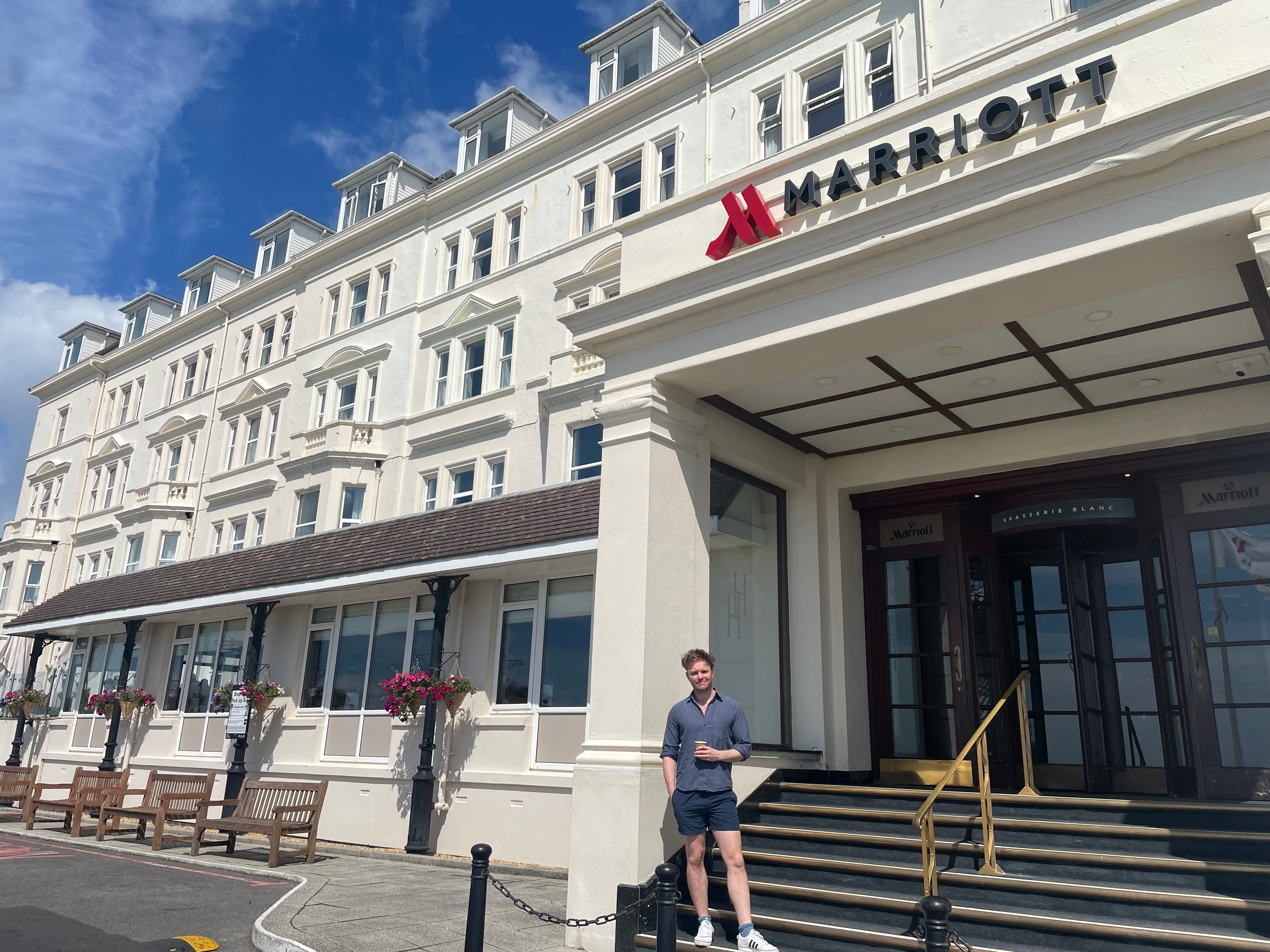
Read more on UK travel:
In an effort to make my experience as traditional as possible, I’m staying at the Bournemouth Highcliff Marriott Hotel – a four-star resort which celebrates its 150th year in December and sits atop a cliff overlooking the beach right in the town centre.
The hotel is preparing to host a ‘Live on the Lawn’ event series to mark its 150th year, every Friday evening in August, featuring local musicians, a barbecue, lawn games and a spot to watch the annual Bournemouth summer firework displays.
Built in 1874, the hotel predates the famous pier it overlooks by six years and has been run by US giant Marriott since the Noughties – with prices ranging from £84 to £300 per night, depending on the day of the week over the summer.
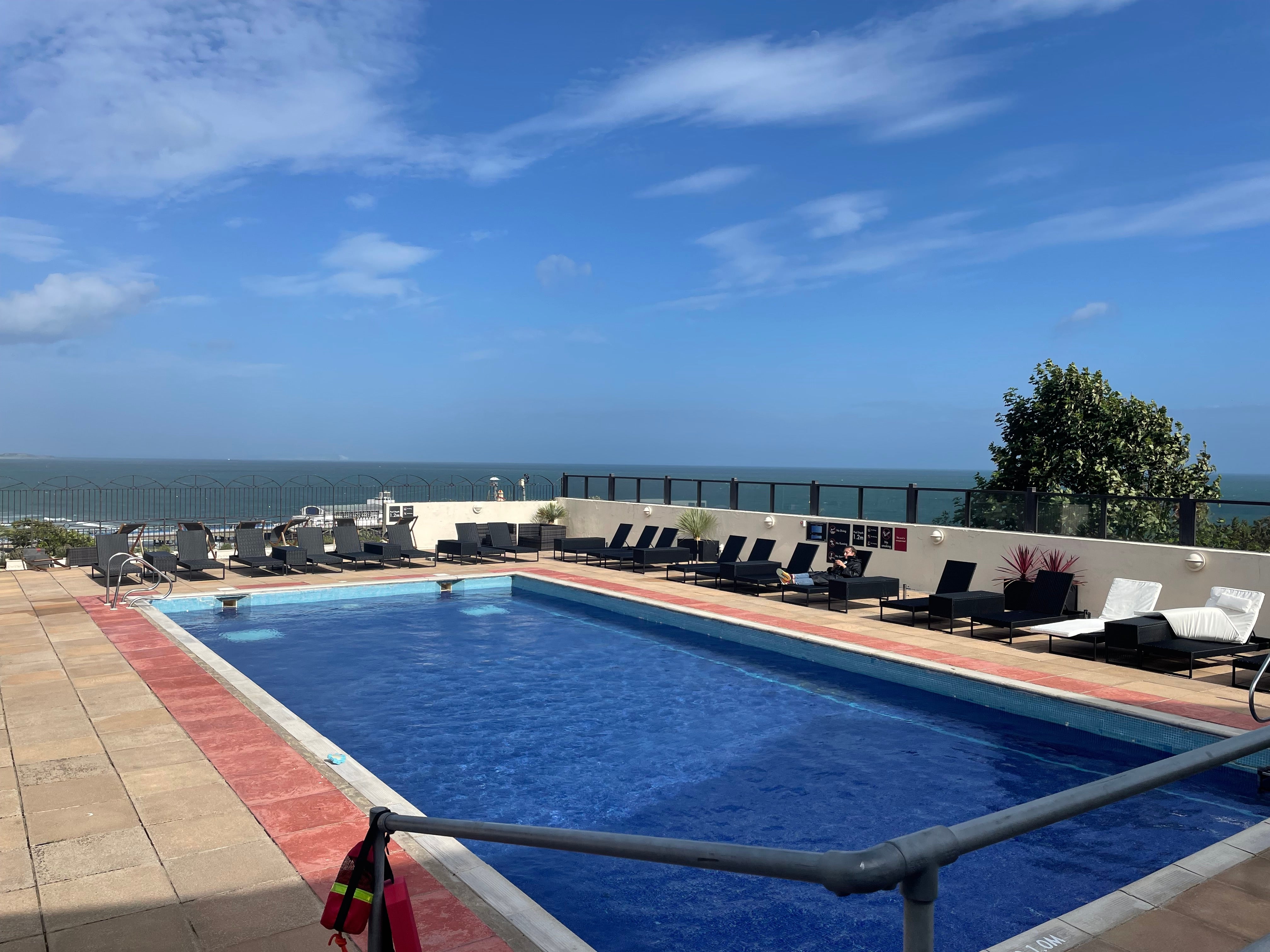
Perhaps the biggest competitor of all modern hotels, Airbnb offers rooms as low as around £70 per night for the same area of Bournemouth around the same time period, but many of the fancier stays climb well over £200 a day.
However, I doubt many of the Airbnb stays offer the same stunning vista as the one I’m treated to in my seaview room – which looks south over the beach below and across the Atlantic.
The hotel is comfortable and welcoming, and with a well-stocked breakfast buffet, kind staff who will tidy your room, and fitness facilities (it has all the amenities you would want and expect from a four-star resort).
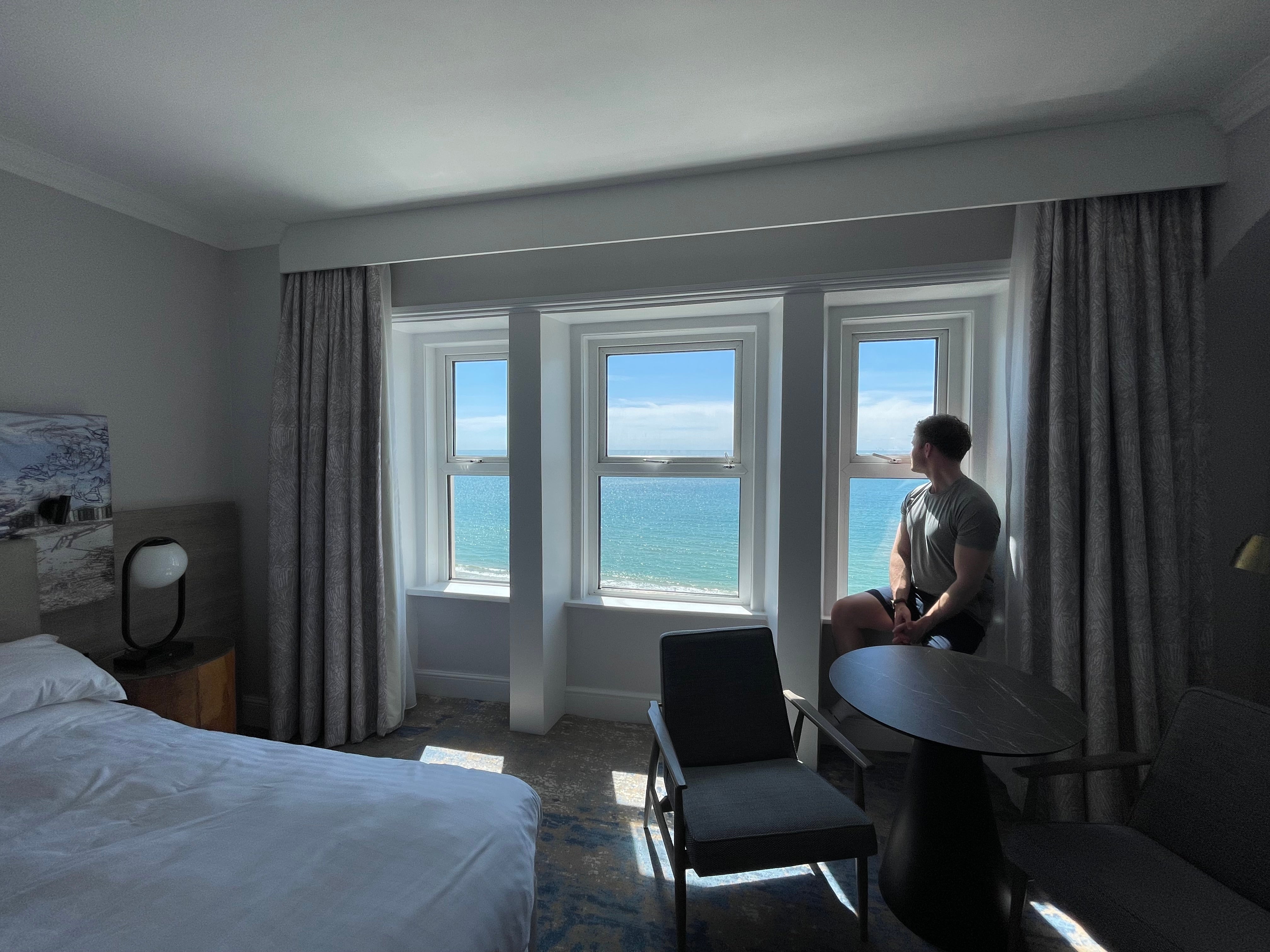
An Airbnb option would also mean you’re unlikely to enjoy a sumptuous cheese souffle for £7.25, followed by a shared £63 chateaubriand steak from the Brasserie Blanc downstairs, or a refreshing dip in the heated outdoor swimming pool to wake yourself up in the morning – as I find myself doing with delight during my stay.
Its exterior doesn’t quite do it justice, whether that’s due to a missing terrace or lick of paint, its grand and comfortable interior outpunches its appearance from the outside. There is the appearance of decline in Bournemouth – common across so many British seaside resorts that have never managed to match to lure of cheap package holidays in Europe.
The promenade, a 10-mile flat stretch of beautiful beachfront, is adorned with seaside amusements that have perhaps seen better days.
One of my first sights as I arrive on the promenade is an arcade with the word ‘Happyland’ written in large letters above a long line of predominantly closed shutters. Ambitious plans for the amusements to be transformed into a centre for art, food and wellness are yet to come to fruition.
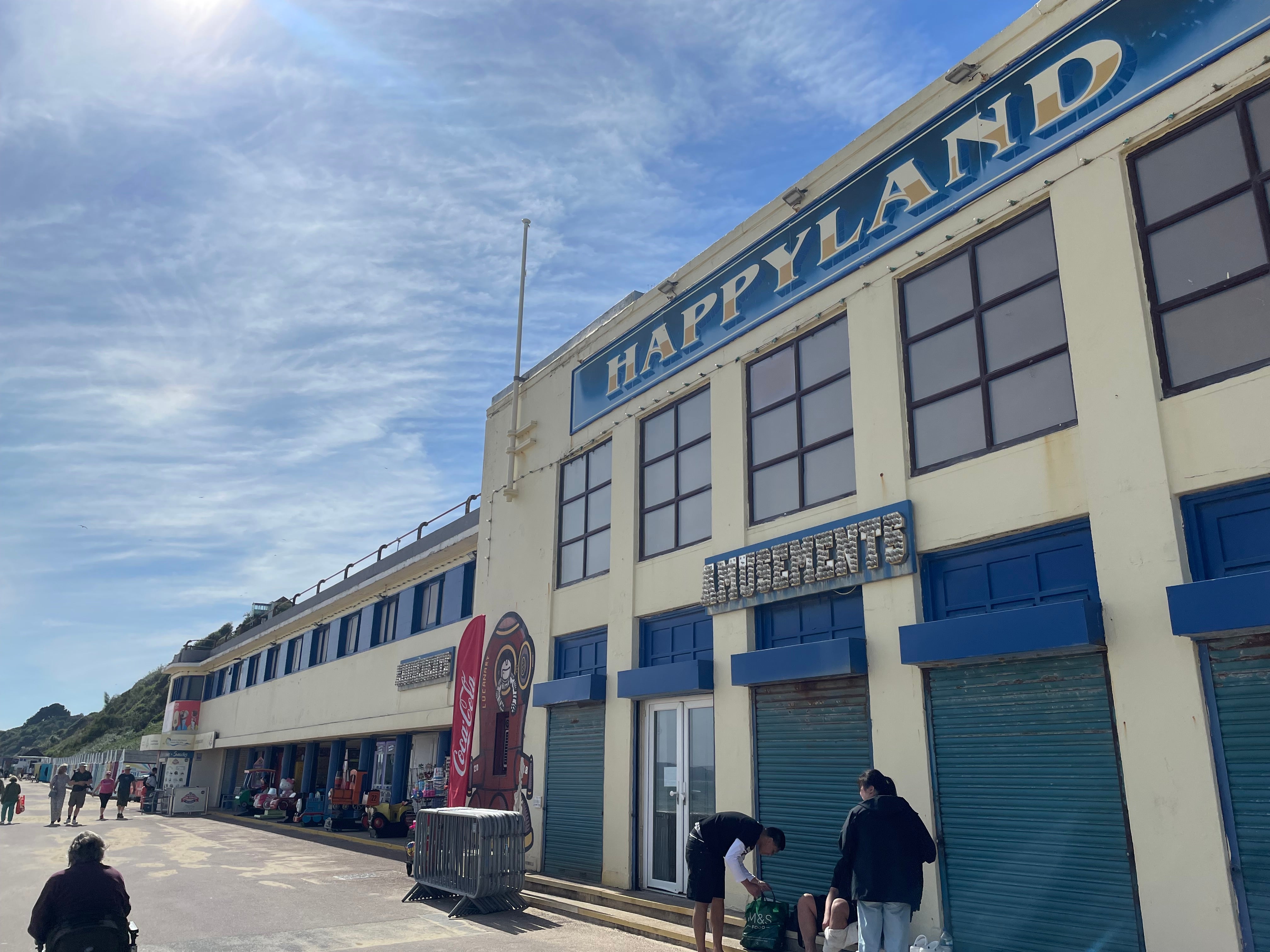
Though rich in history, Bournemouth Pier also hosts an aging arcade and rides – but a walk along it does offer the best vantage point to watch surfers and fishermen plying their trade on the waves.
Is this a place in its heyday? One local who has lived his whole life here simply tells me it’s “not what it used to be” – citing less tourists coming to the town centre and less independent shops.
But look beyond shabby seafront facades and there is so much to enjoy.
After enjoying the fine sand between our toes and dipping ourselves in the cold sea, my partner and I hop onto two wheels for a lazy cycle down the sunny promenade (a local rental costs £12 for three hours).
Our ride east takes us along the beach and then a seaside road past row after row of multi-million pound houses, dodging the fancy cars of wealthy retirees, to Hengistbury Head. This pretty peninsula of sand dunes offers hikers a walk through a diverse and unspoiled wildlife habitat, and a dip in some of the UK’s loveliest coastline. It even has a cafe.
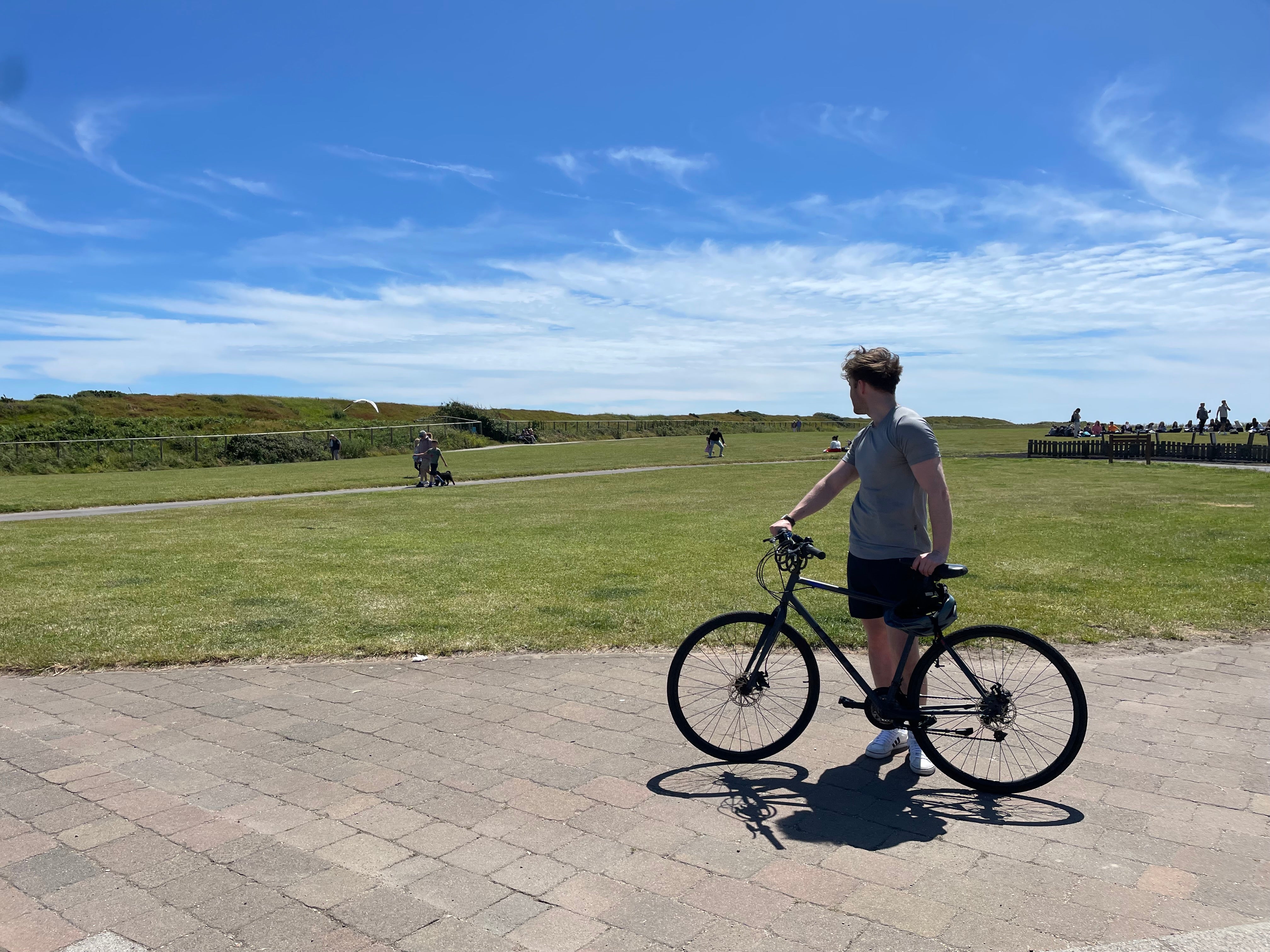
There are a wealth of beautiful sandy spots just like this all a short ride or drive from Bournemouth town centre, including the town’s own stunning beach, which is perfect for any sandcastle construction or game of volleyball.
When the sun is out and the wind is at a minimum, the beaches in this corner of England genuinely hold their own to foreign counterparts – and all this just a short drive from London.
On our second day, after our breakfast and a dip in the pool, we visit the National Trust’s Kingston Lacy, a lavish country house a short drive away blessed with priceless artwork, scenic walks and scones.
On our route back we drive to Sandbanks. Known as the Palm Beach of the UK, the affluent area of expensive housing also has pleasant beaches and calm water, where visitors can windsurf or hire jet skis.
We play some ball games in the sand before heading to the local Rick Stein for some seafood – sharing mussels with poulette sauce (£14.95) before a decadent cod and crispy chips (£22.95) served with rich tartar sauce, mushy peas and curry sauce.
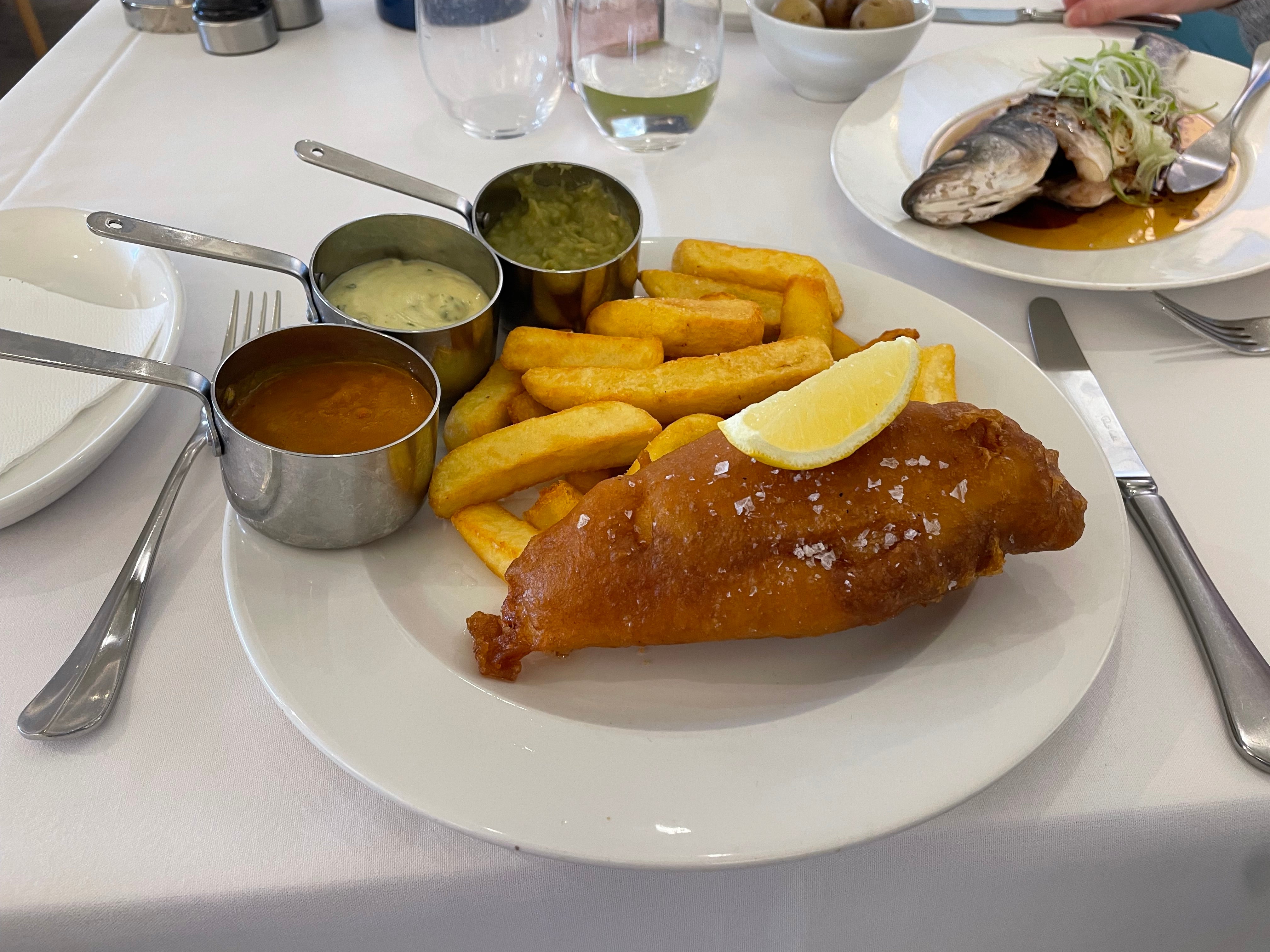
A perfect seaside day ends watching the football as a limp England performance at Euro 2024 is cheered up by a £4.20 pint at the Bricklayers in Poole, one of many great drinking spots in this small corner of Dorset.
We don’t make it to a nightclub on our short trip, but we do overhear one thumping daytime beach party that convinces me it’s not all donkey rides and Punch and Judy out here.
Our three-day visit comes to a close with another morning gawp out of the Marriott’s seaview window and a stress-free breakfast before a final wander up the promenade on our doorstep for an ice cream.
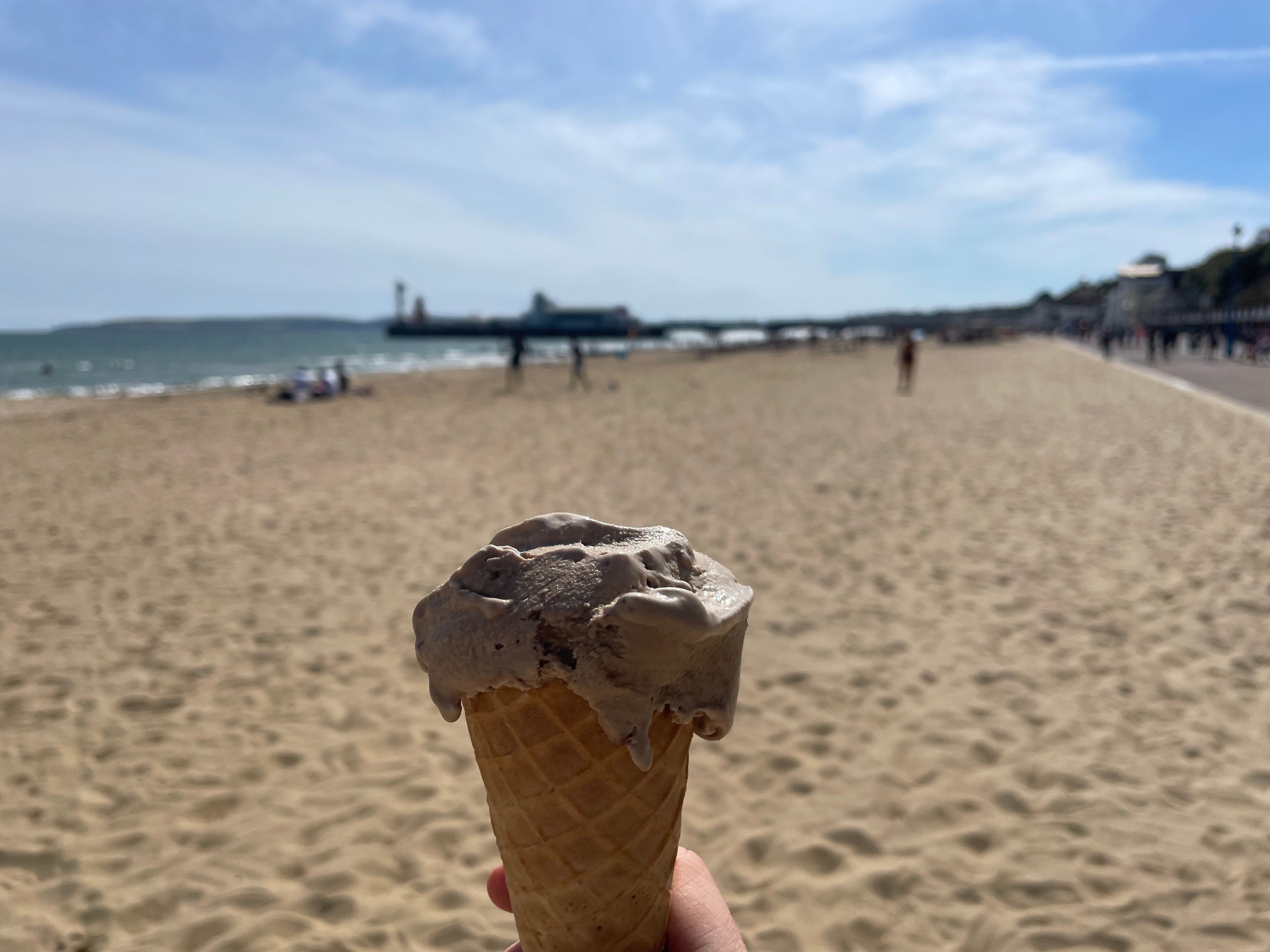
So, is the great British seaside holiday still alive and well? For me, the short answer is yes – the longer answer is you should try it.
Given growing environmental and financial concerns, we should be looking for more gems on our doorstep and Bournemouth is certainly that.
Are our beaches ever going to be as popular as they once were? Probably not – but if it’s been some time since you experienced the natural beauty of the British coast or since you last opted for fish and chips over ceviche or moules-frites, then I encourage you to try it.
How to do it
Rooms at the Bournemouth Highcliff Marriott Hotel start from £84; marriott.com
For more information on the area, visit bournemouth.co.uk
Read more: The best spa hotels in Dorset
Join our commenting forum
Join thought-provoking conversations, follow other Independent readers and see their replies
Comments
Bookmark popover
Removed from bookmarks